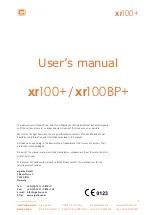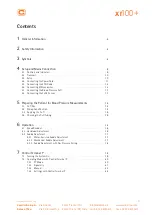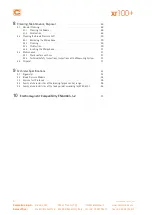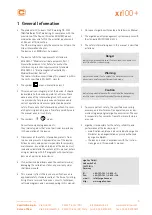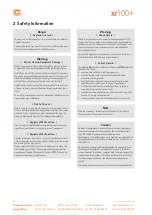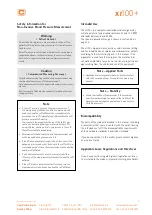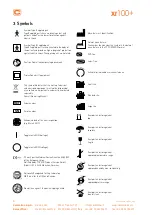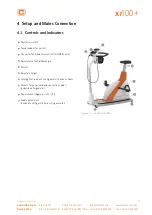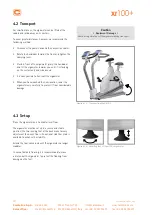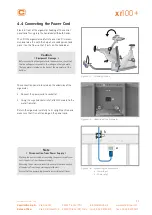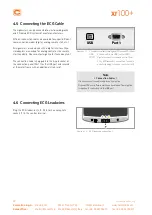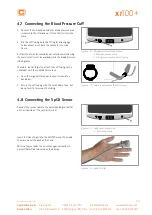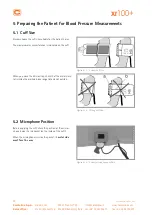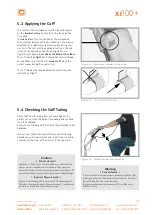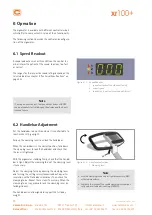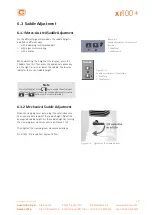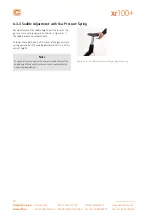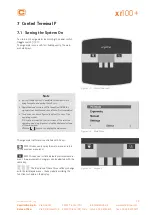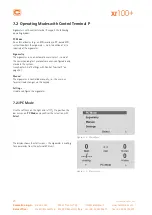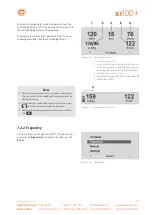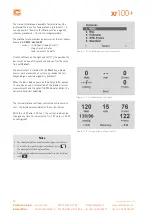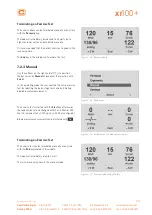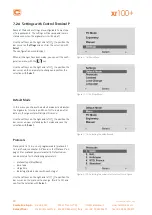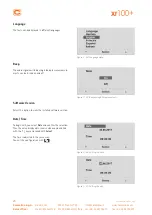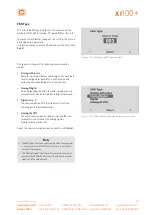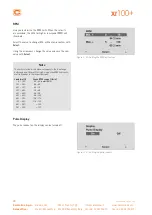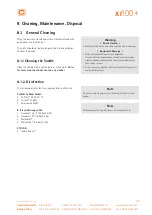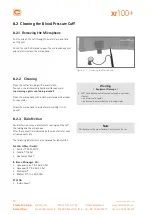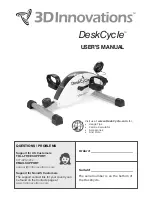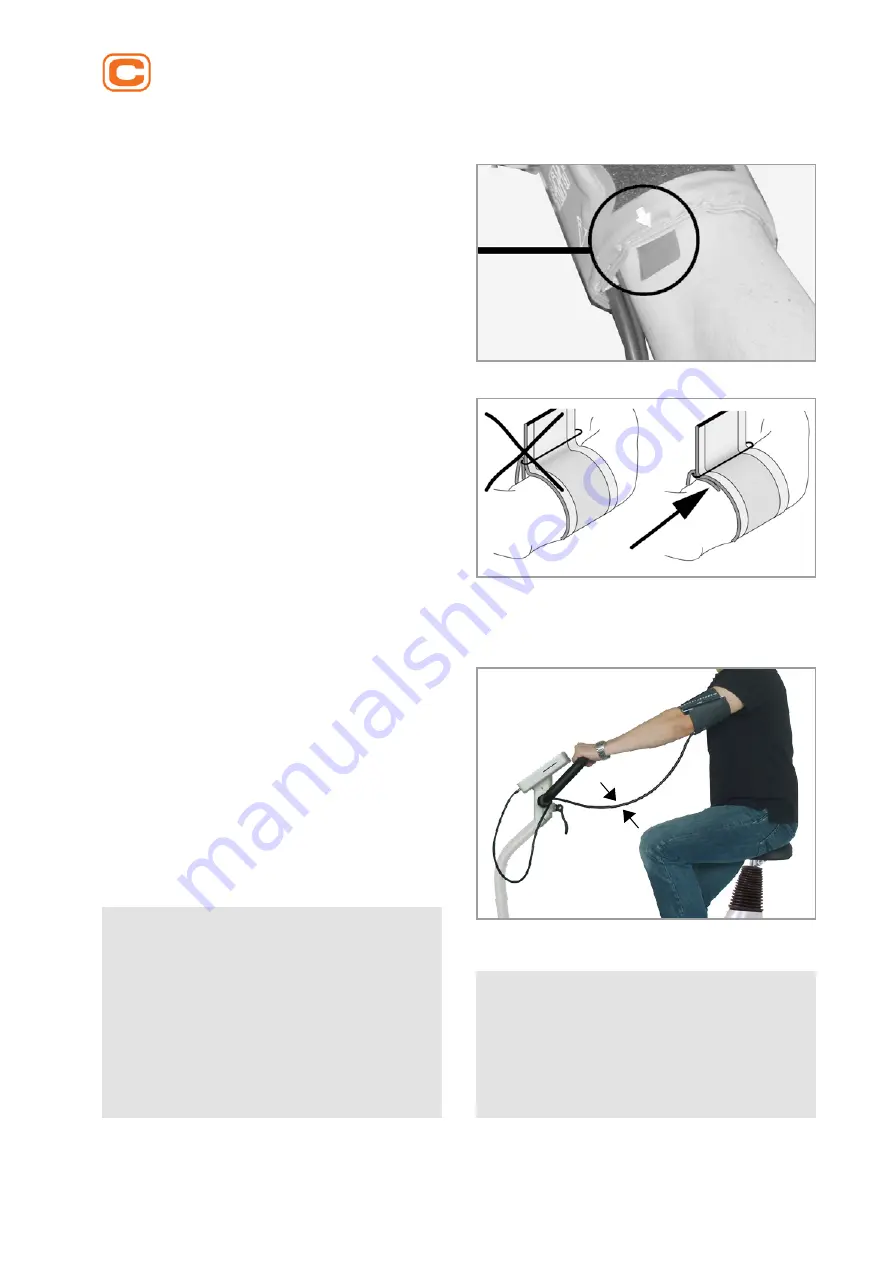
User Manual: xr100+_eng
15
Cardioline S.p.A.
Via Linz,151
38121 Trento (TN)
info@cardioline.it
www.cardioline.com
Sales office:
Via F.lli Bronzetti, 8 20129 Milano (MI) Italy tel.+39 02 94750470
fax +39 02 94750471
xr100+
5.3 Applying the Cuff
The center of the microphone must be located exactly
on the
brachial artery
. Locate the artery by palpation,
if required.
The
red tab
identifies the position of the microphone.
The accurate placement of the microphone is the primary
condition for reliable pressure measurement during exer-
cise tests. The cuff must be applied directly on the skin,
it may not be applied on top of clothing, paper, etc.
Apply the cuff approx.
2 cm above the bend of the elbow
.
The cuff should be
tight
, but it should not constrict blood
vessels. Make sure that the cuff
cannot shift
when the
patient moves during the exercise test.
Figure 5 – 4: Microphone placement on the artery
The cuff tab must be located below the metal clasp (see
illustration at right).
Figure 5 – 5: Correct cuff position (tab)
5.4 Checking the Cuff Tubing
Check that the cuff tubing does not knock against the
patient’s knee, when the patient is pedalling and the hand
is on the handlebar.
Secure the cuff tubing with the Velcro tape attached to the
handlebar.
Instruct your patient to move as little as possible during
a blood pressure measurement and, in particular, to avoid
excessive contractions of the muscles in the upper arm.
Caution
• Patient Hazard •
Apply the cuff directly on the skin. Make sure that rolled up
sleeves do not impede blood circulation in the upper arm.
Loose cuffs will cause erroneous measurements; overtight cuffs
may constrict blood vessels or cause skin lesions and hematomas.
• Incorrect Measurements •
A loose cuff would degrade the accuracy of the measurement.
Therefore, the computer aborts the measurement, if a minimum
pressure is not attained within a few seconds.
Figure 5 – 6: Distance between knee and tubing
Warning
• Patient Hazard •
If, by accident, an excessive pressure builds up inside the cuff,
either remove the cuff immediately from the arm or disconnect
the cuff tubing from the control terminal.
The same measures are recommended, if the cuff does not
deflate correctly.

